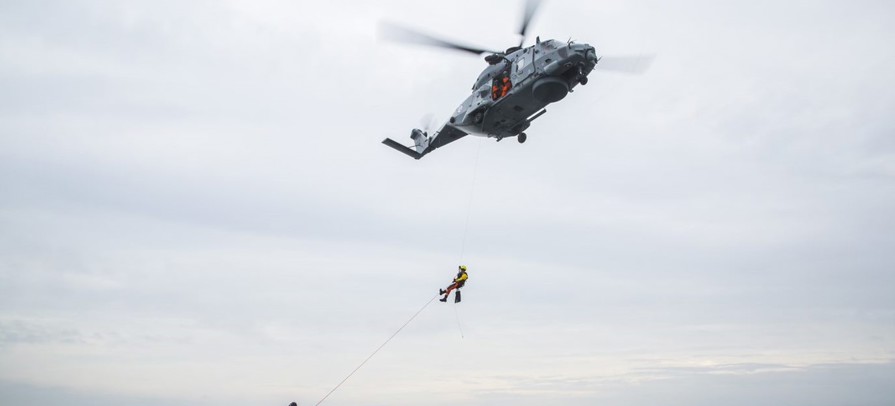EU Polar Cluster
The EU Polar Cluster is a collaboration of Arctic and Antarctic projects funded by the European Commission.
The cluster merges a broad spectrum of research and coordination activities – ranging from the most up-to-date findings on permafrost and sea ice, from enhancing observation to improving predictions, and from networking research stations to coordinating access to icebreakers.
The EU Polar Cluster currently comprises of 21 projects: APPLICATE, ARCSAR, ARICE, ArcticHubs, Beyond EPICA, BLUE-ACTION, CAPARDUS, CHARTER, ECOTIP, EU-PolarNet, FACE-IT, FORCeS, iCUPE, INTAROS, INTERACT, JUSTNORTH, KEPLER, FORCES, SO-CHIC, TiPACCs and NUNATARYUK.
There are several projects in the EU Polar Cluster with partners from the Faroe Islands.
The institutions and projects are:
The Maritime Rescue Co-ordination Centre, MRCC, in ARCSAR
The ARCSAR network addresses the Arctic and North-Atlantic (ANA) region, preparing to cope with the security and safety threats that will result from increased commercial activity in the region including traffic through the Northern passages, cruise traffic, and offshore oil and gas activity.
The University of the Faroe Islands in ArcticHubs
The ArcticHubs project seeks to resolve conflicts through the use of new adaptive tools and approaches.
The Faroe Marine Research Institute in BLUE-ACTION
Blue-Action is a major European research project investigating the effect of a changing Arctic on weather and climate.
The Faroe Marine Research Institute in EU PolarNet
EU PolarNet aims to establish a sustainable and inclusive platform to co-develop and advance European Polar research actions and to give evidence-based advice to policymaking processes.
Faroese Geological Survey in INTERACT
INTERACT – International Network for Terrestrial Research and Monitoring in the Arctic - specifically seeks to build capacity for research and monitoring all over the Arctic, and offers access to numerous research stations through the Transnational Access Program.
Picture: ARCSAR project
